2004 Richard Serra STOP BS (BUSH) poster Whitney Biennial Poster
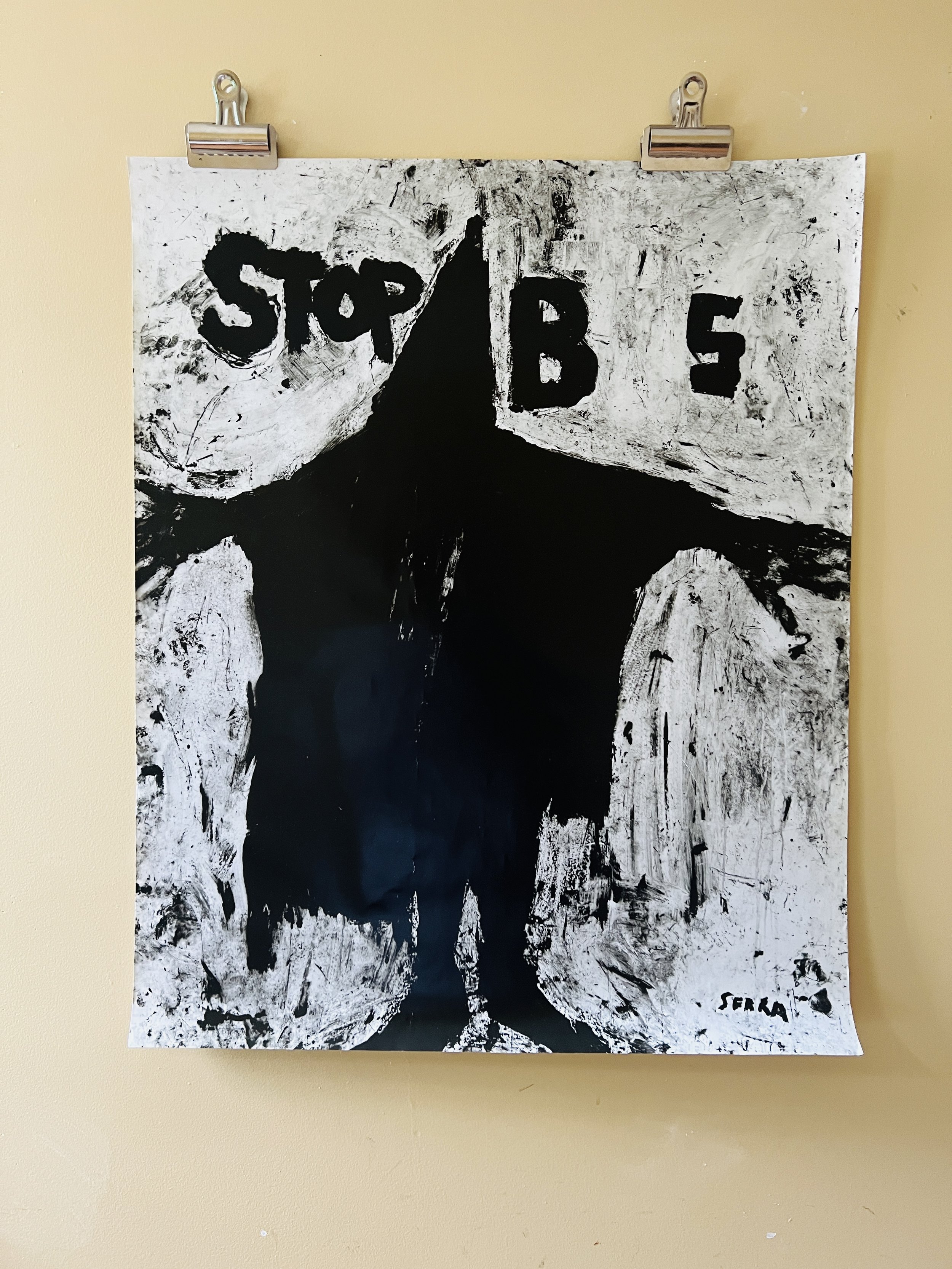
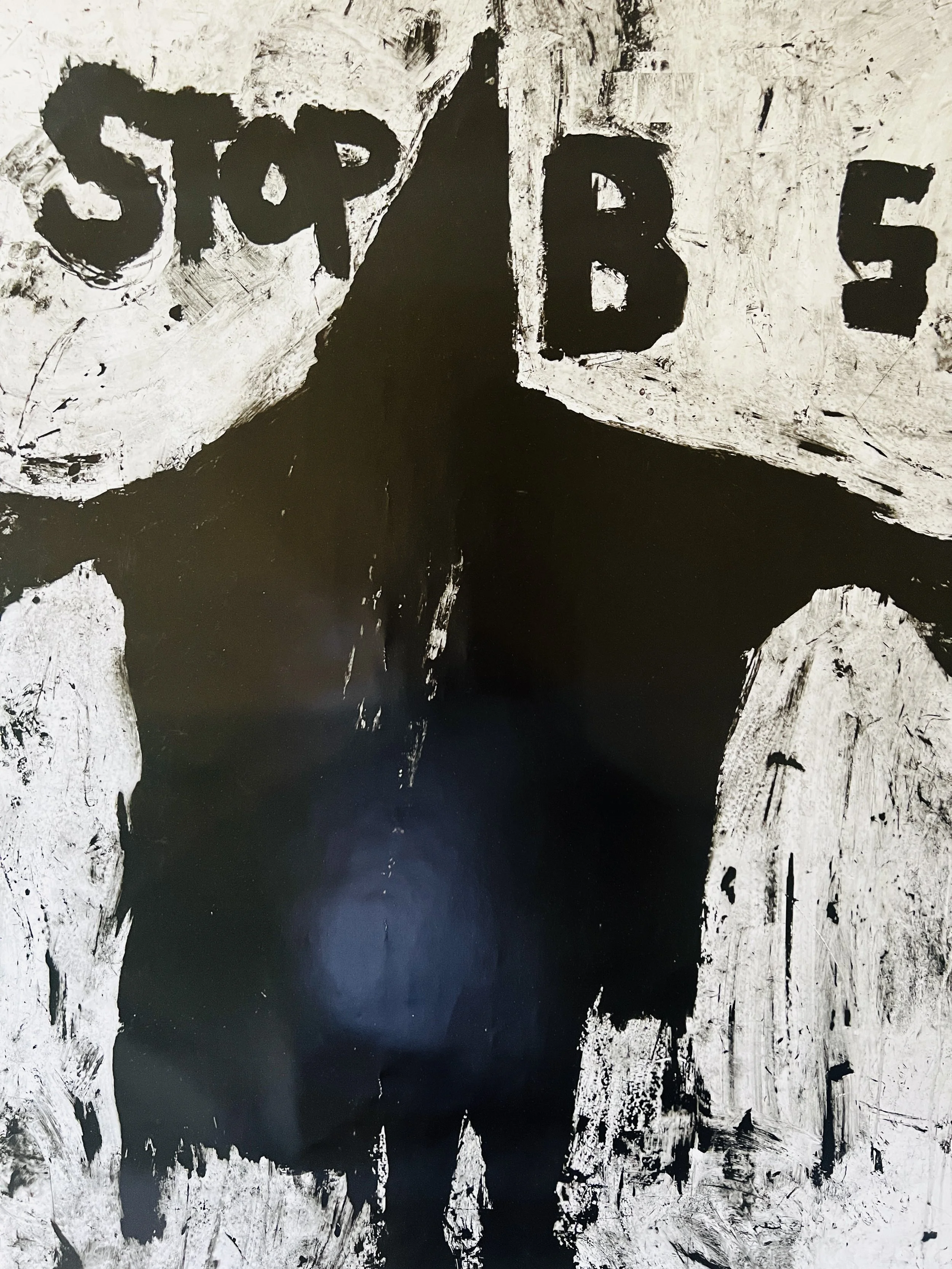
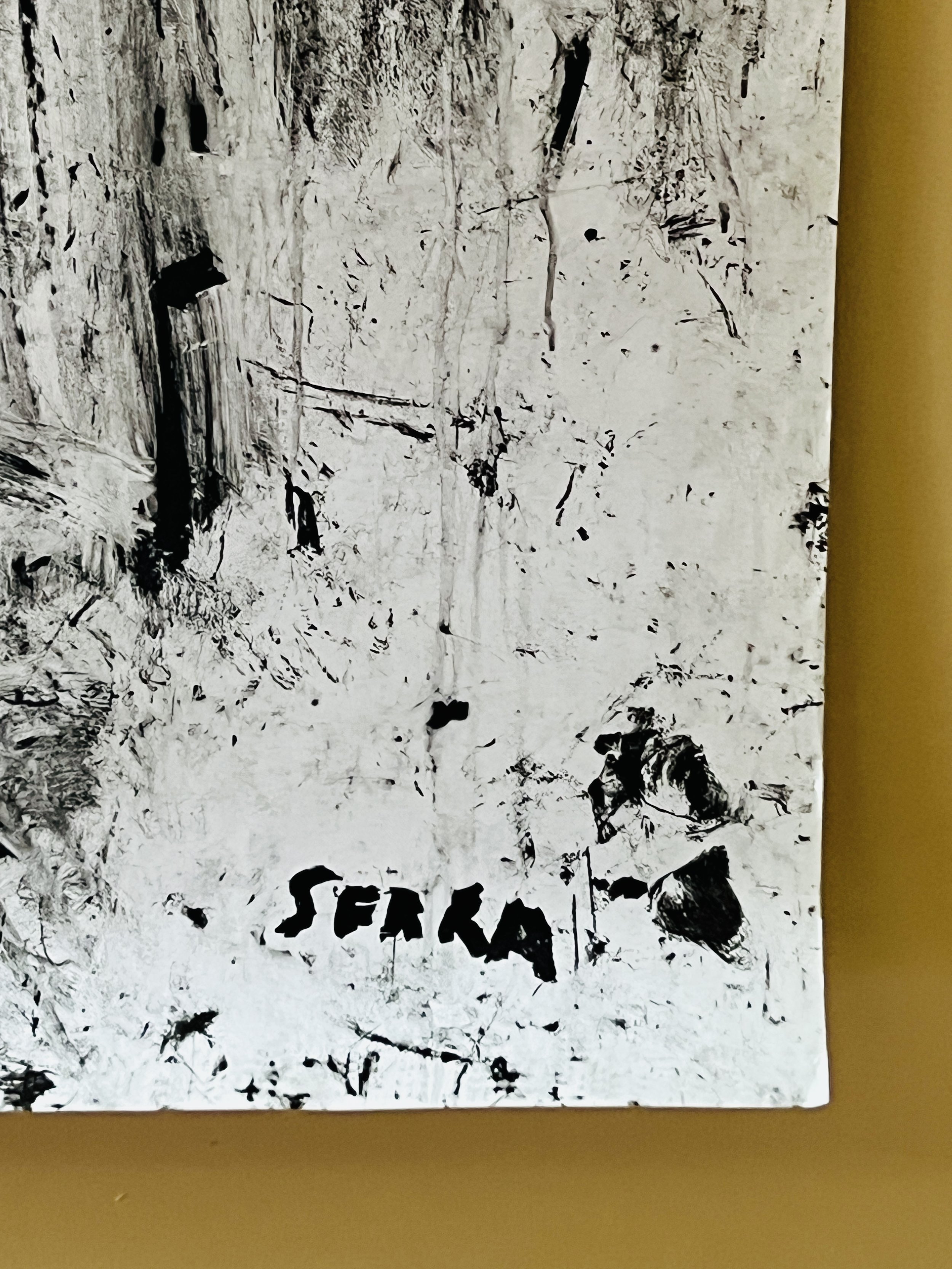


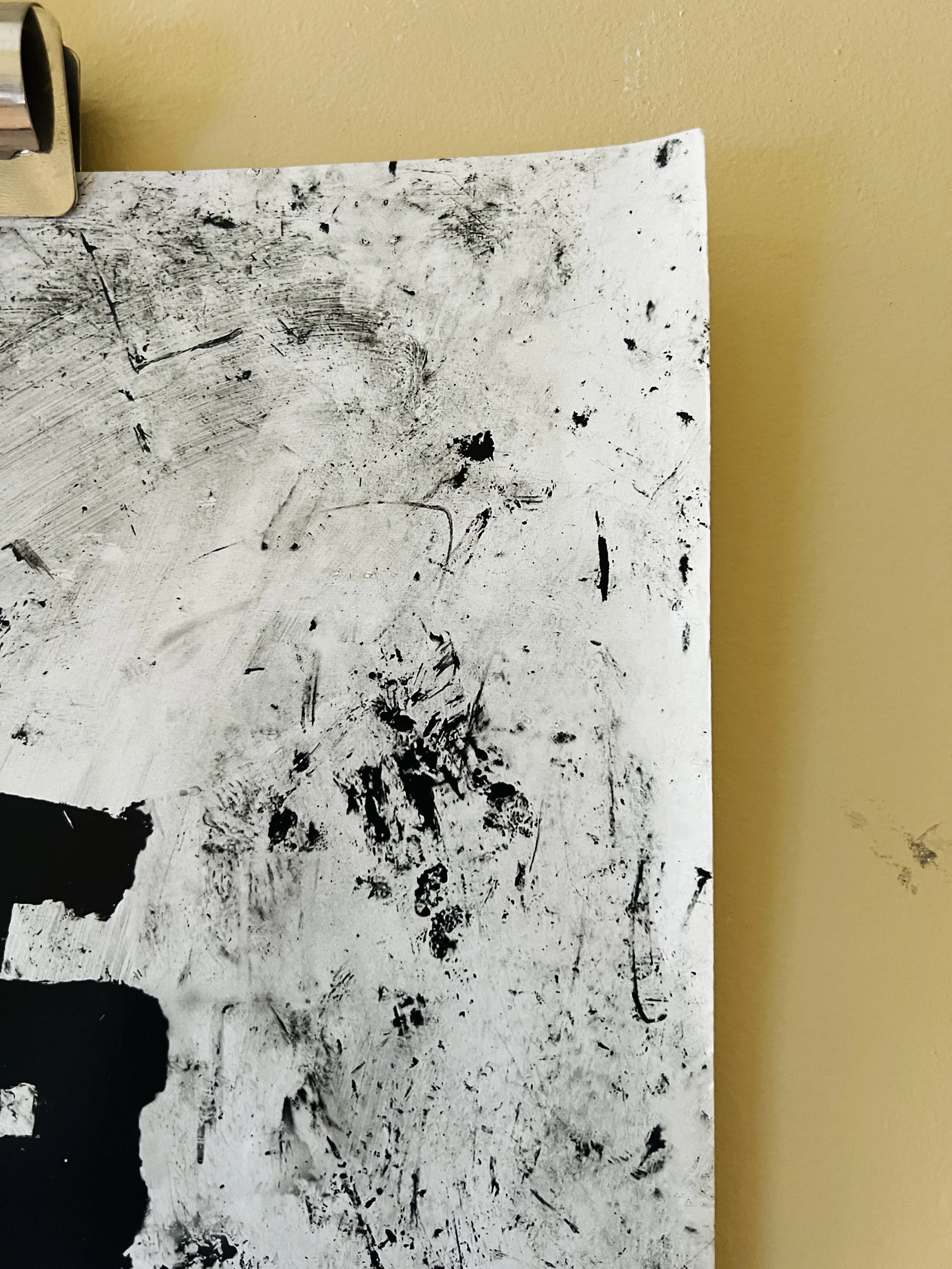
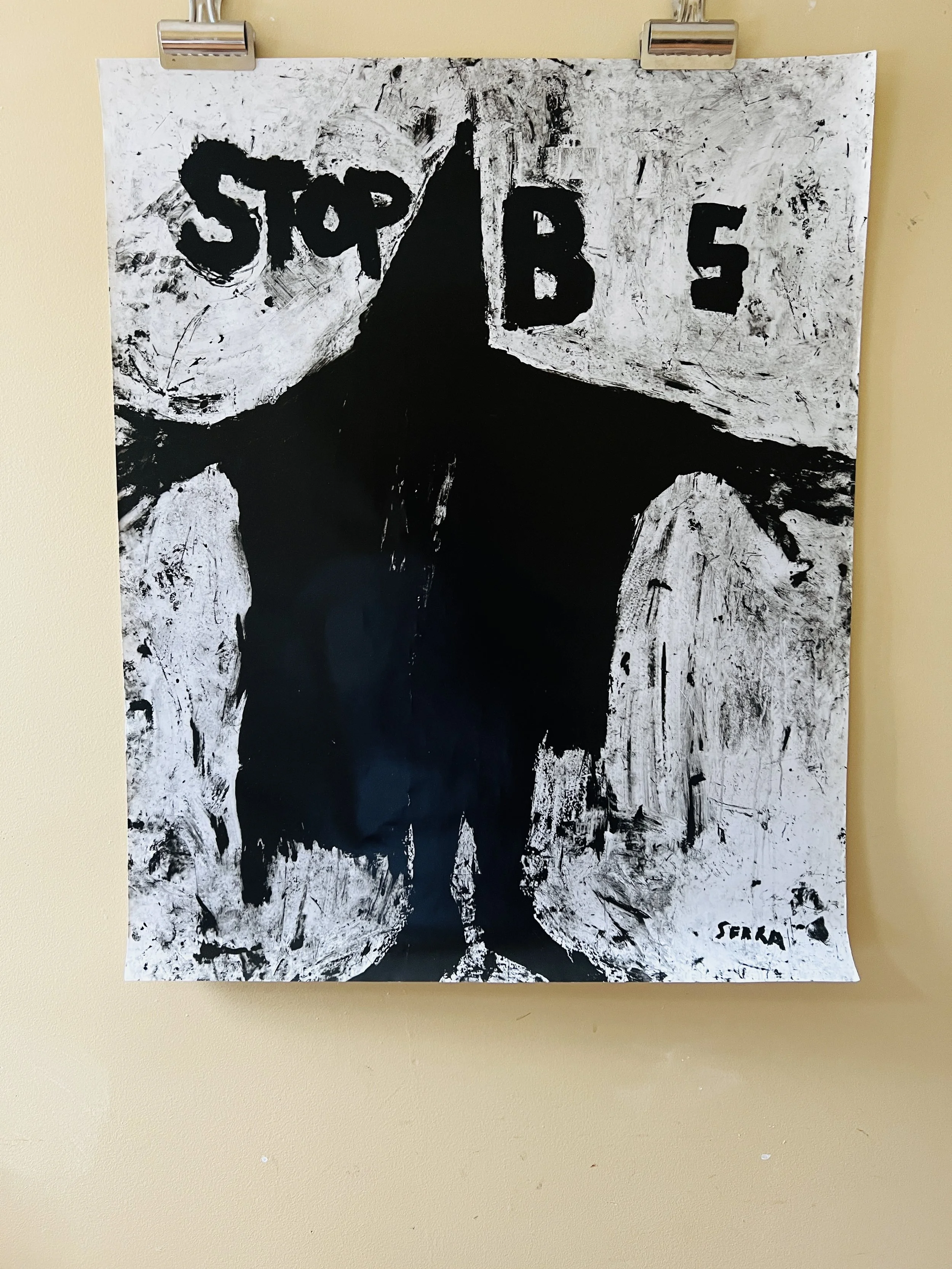
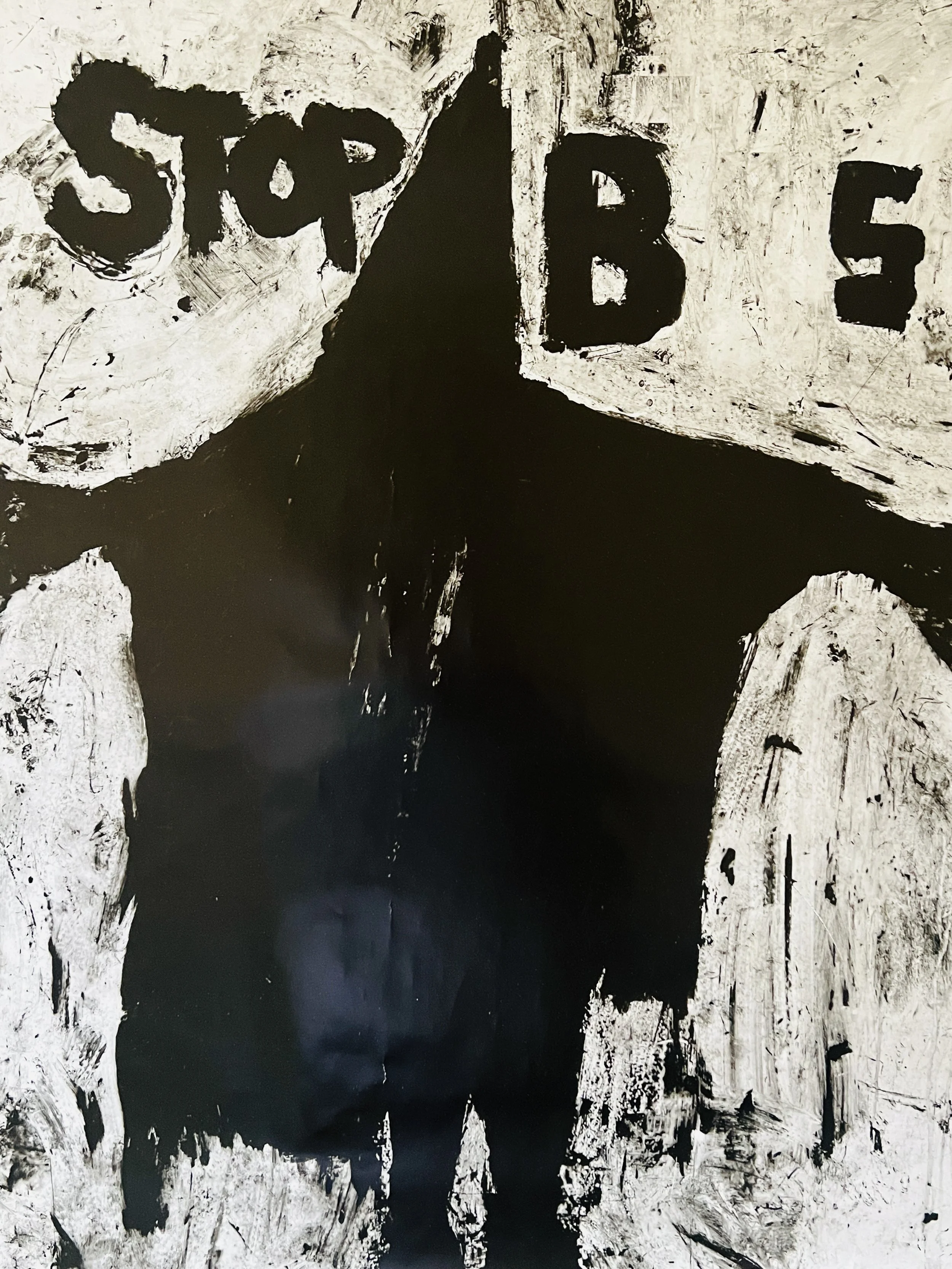
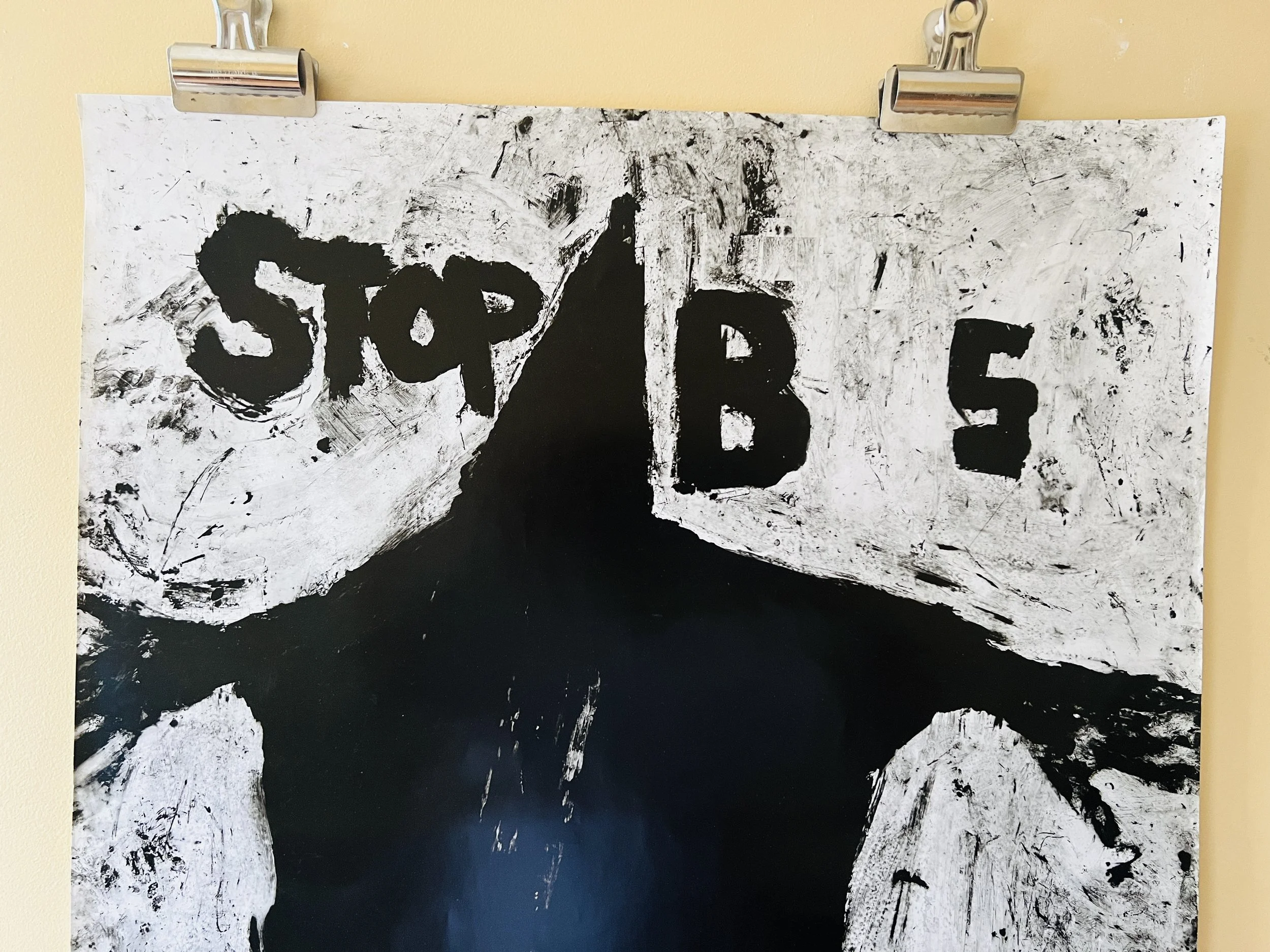
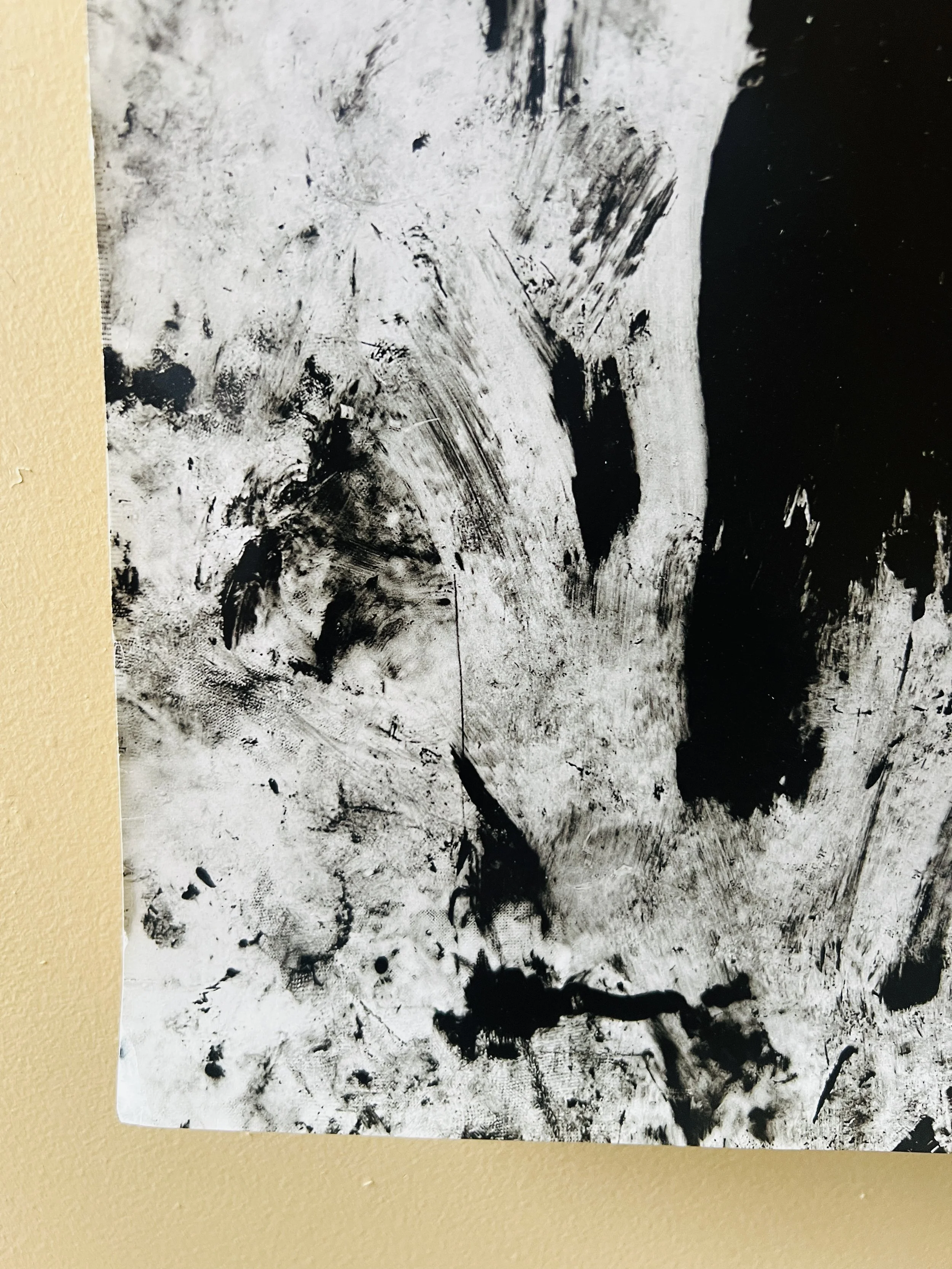
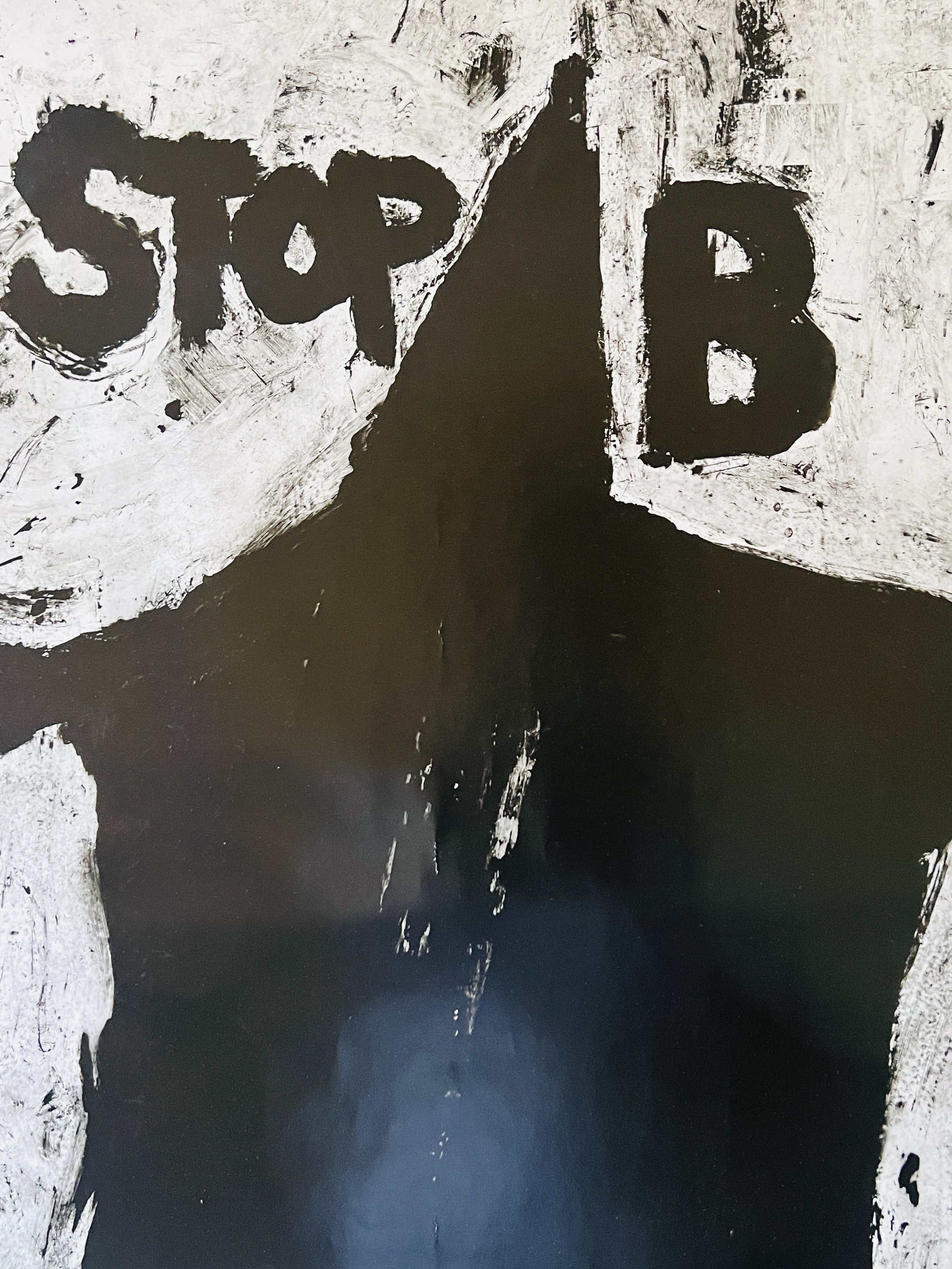
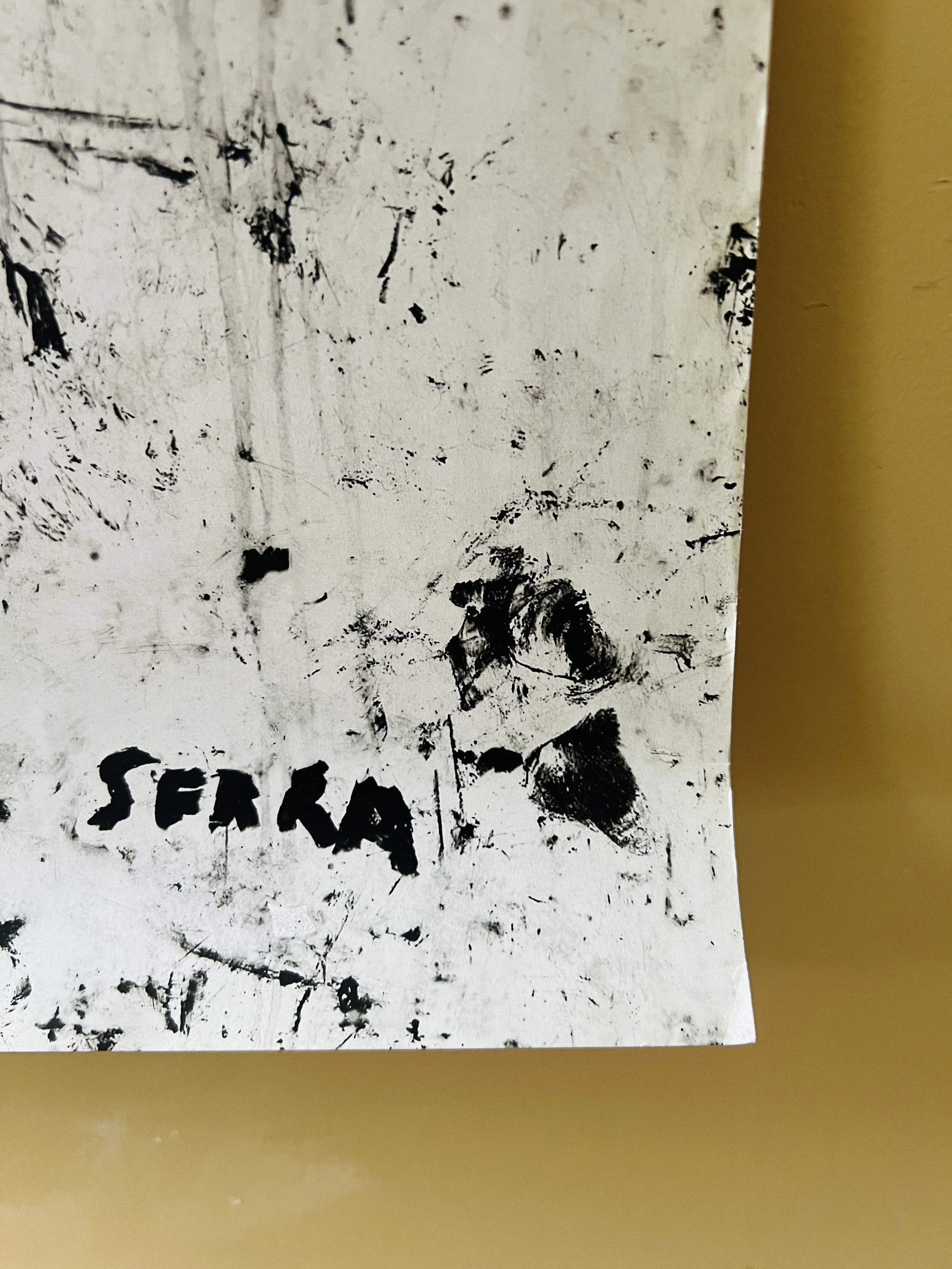
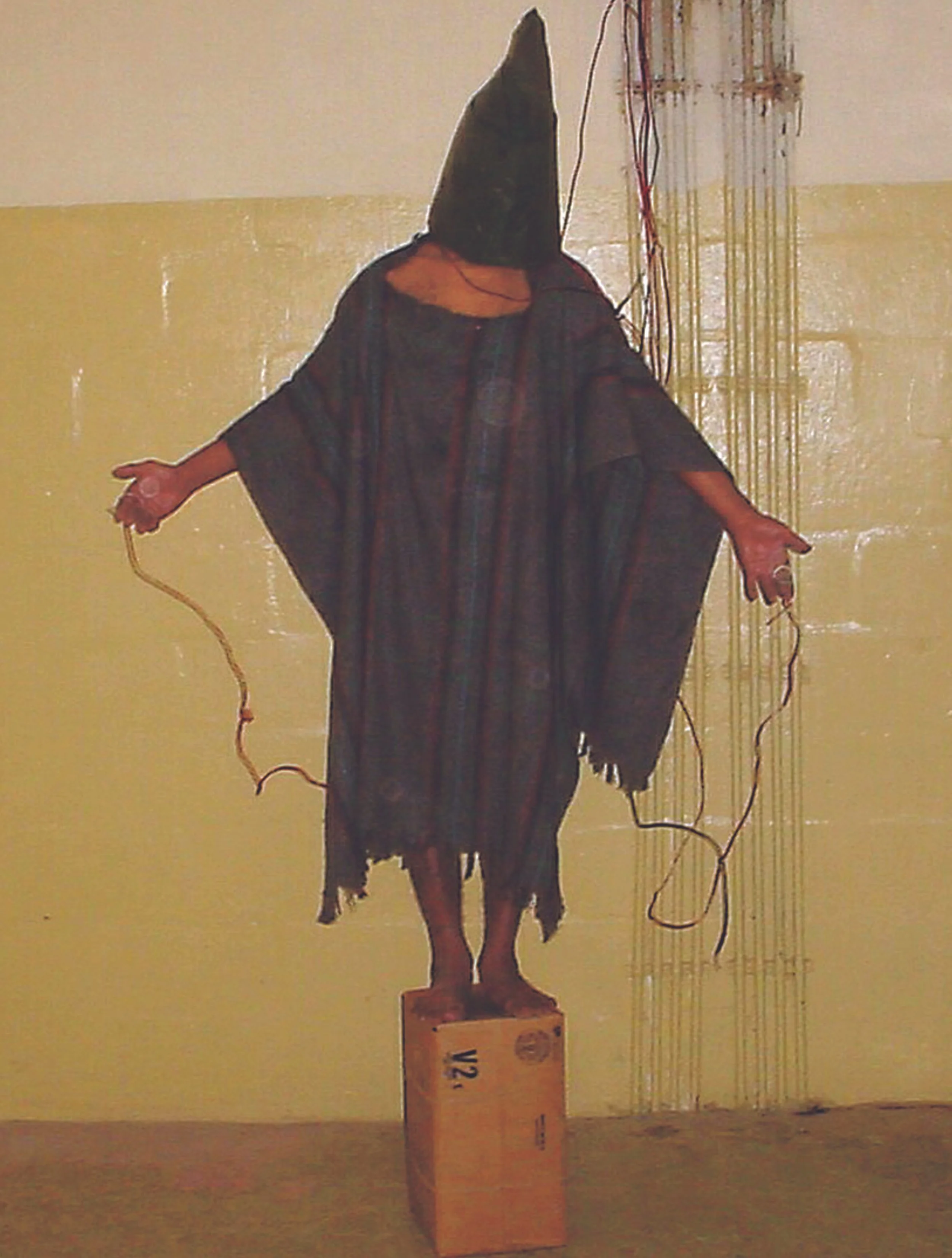

2004 Richard Serra STOP BS (BUSH) poster Whitney Biennial Poster
At the 2006 Whitney Biennial, Serra showed a simple litho crayon drawing of an Abu Ghraib prisoner with the caption “STOP BUSH.” This Richard Serra image was later used by the Whitney Museum to make posters for the Biennial. The posters featured an altered version of the text that read “STOP B S .” Serra also created a variation on Goya’s Saturn Devouring His Son featuring George W. Bush’s head in place of Saturn’s. This was featured prominently in an ad for the website pleasevote.com (now defunct) on the back cover of the July 5, 2004 issue of The Nation.
Poster is unsigned. In Collection of The Whitney Museum of American Art, New York.
Final Sale. Please write for answers to any questions.
Condition: No label. Very Good. Some paper loss. Age appropriate handling. See Fotos.
Size: 29.5” × 24” inches. (74.9 × 61 cm).
During the early stages of the Iraq War, members of the United States Army and the Central Intelligence Agency were accused of a series of human rights violations and war crimes against detainees in the Abu Ghraib prison in Iraq. These abuses included physical abuse, sexual humiliation, physical and psychological torture, and rape, as well as the killing of Manadel al-Jamadi and the desecration of his body. The abuses came to public attention with the publication of photographs by CBS News in April 2004, causing shock and outrage and receiving widespread condemnation within the United States and internationally.
For more than thirty years, Richard Serra has created sculptures and public installations known for their physicality and investigation of the qualities and processes of industrial materials, particularly steel and lead. Early sculptures consist of molten lead splashed into or cast from the juncture where walls meet the floor, and massive slabs of steel propped against one another, held in balance by the forces of gravity and weight. In his series of Torqued Ellipses from the mid- to late 1990s, enormous plates of rolled steel are twisted at various angles then abutted to create semi-enclosed spaces that induce a destabilizing experience of space, volume, movement, and time. His site-specific public sculpture Tilted Arc (1981) was the source of long-standing debates and legal proceedings that addressed the rights and sometimes conflicting interests of artists working in the public domain and the public itself.

